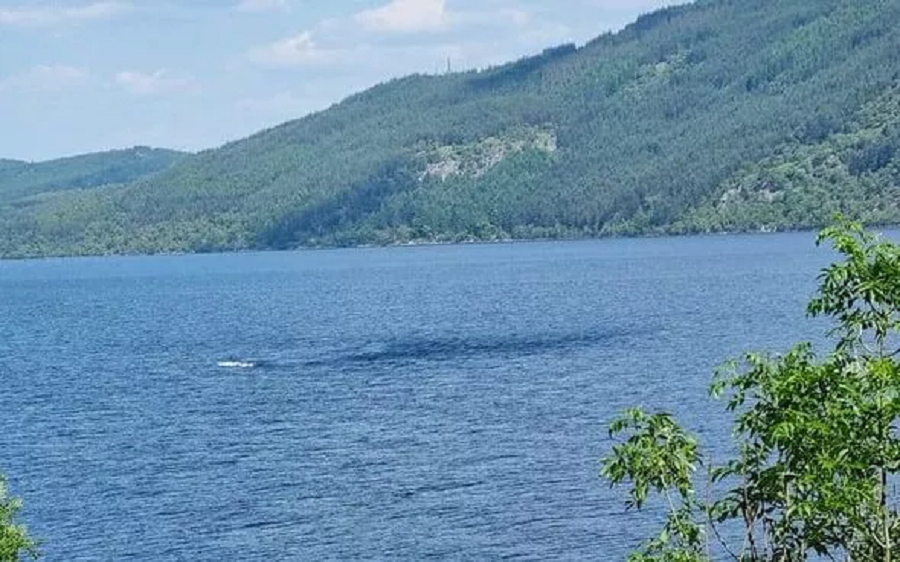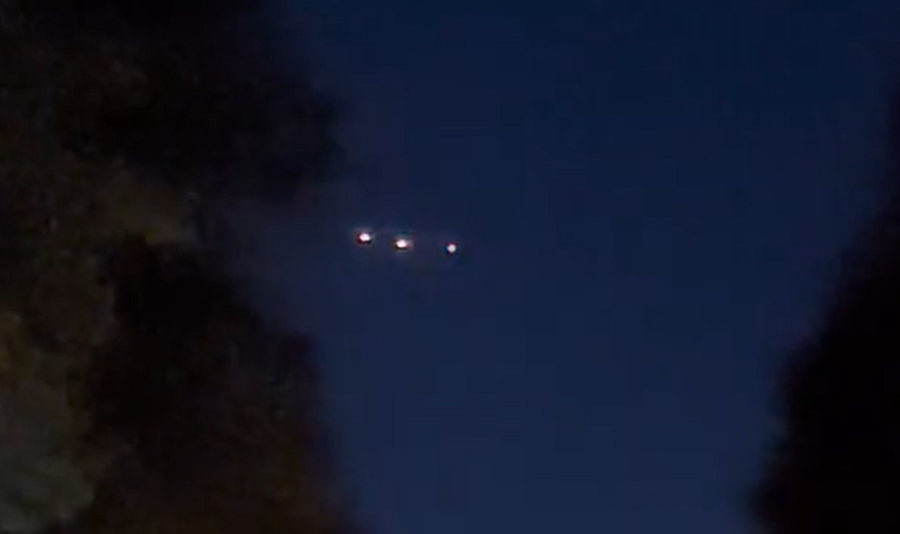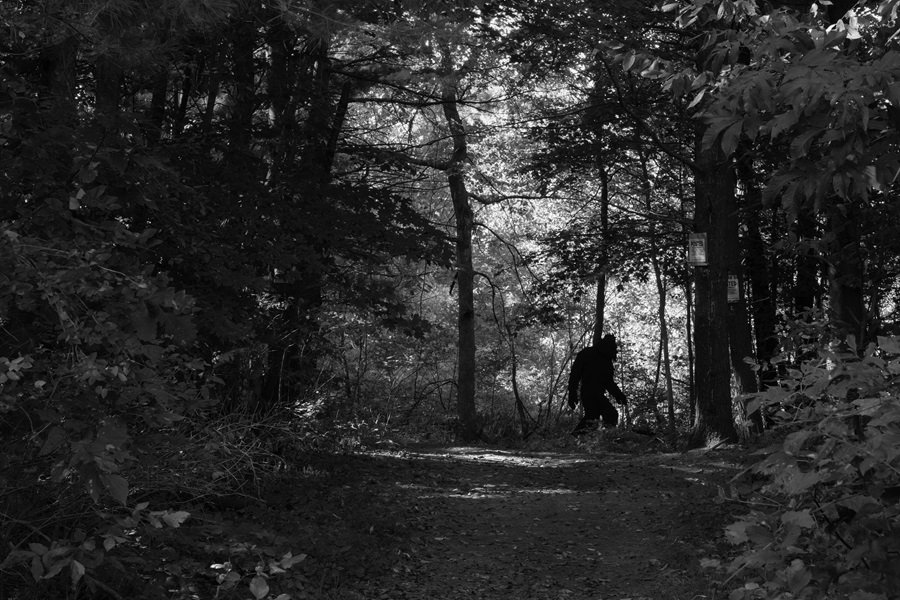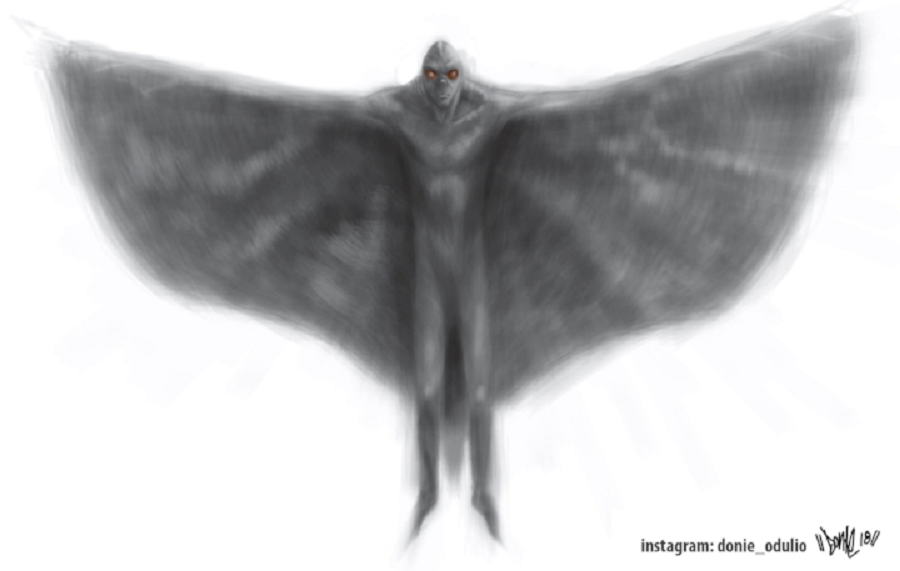Couple Claims to Have Seen "Massive Eel...the Size of a Bus" in Loch Ness
Corey and Lauren Sturrock were walking near Dores—a village on the east shore of Loch Ness in Scotland—at approximately 3:40 pm last Saturday when they say that a "massive eel...the size of a bus" surfaced in the loch.
“I have been camping and walking on Loch Ness my whole life and I have never believed in the Loch Ness monster," the initially skeptical Corey told The Inverness Courier. "But what my wife and I saw was something quite extraordinary and I would like to know if other people have seen the same."
"It was, what looked like to me and Lauren, like a massive eel. It was the size of a bus," he explained. “It was massive. We saw the water rippling as if something was swelling, and that is what grabbed our attention. We then saw this thing, that looked like a massive eel rise from the water, and then go back under again. There was a large swell."
According to Corey, they weren't alone in their sighting, and unfortunately, he was unable to film it with his phone.
“Other people walking on the same path saw it as well," he said. “I reached for my phone—but it was all over in a matter of about 10 or 20 seconds—and it only showed itself for a few seconds. By the time I got my phone out it had gone underneath again."
He insisted that the creature "didn’t look like all those Nessie drawings with the humps—it was just a large, or very large eel."
“After never believing there was anything in the loch, and no basis for belief in the Loch Ness monster, I would say that perhaps there are large eels in the water—and when they emerge they may look like a monster," he added. “Whatever it was it was some size.”
Using giant eels as an explanation for monster sightings in Loch Ness has grown in popularity recently, following a 2019 study conducted by Neil Gemmell, a New Zealand scientist and professor at the University of Otago.
Gemmell's study involved gathering water samples from multiple locations and at different depths of the loch to scan for bits of animal DNA, and then working to identify it. The samples were sent to labs in New Zealand, Australia, Denmark, and France which used large sequence databases to compare the DNA found in Loch Ness with the majority of known living things. This was done to help distinguish and identify any potentially unknown genetic material.
The results revealed no evidence of any large animals such as sturgeon, catfish, sharks, or surviving prehistoric plesiosaurs, but they did show an abundance of eel DNA.
To report your own encounter with the impossible, reach out to us directly at the Singular Fortean Society through our contact page.
If you enjoyed this article and would like to support the Singular Fortean Society, please consider becoming an official member by signing up through our Patreon page—membership includes a ton of extra content and behind-the-scenes access to the Society’s inner workings.



















